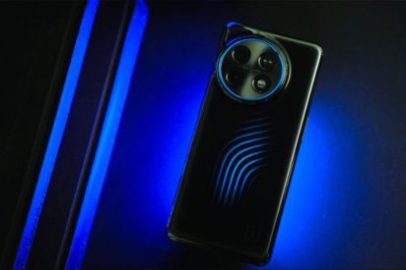OnePlus 11 is the first liquid-cooled gaming phone. The prototype revealed at MWC 2023 opens up a new category of smartphones. Let’s find out more
Moreover, in computers, the cooling liquid must be replaced periodically ( about every 6 or 12 months, depending on use ). Replicating the same operation in a smartphone could be more complicated, and even assuming that this maintenance must be carried out every 2 or 3 years, it could be cumbersome.
Finally, we must pay attention to the system’s cleaning, which tends to accumulate dirt and residues from the liquid’s wear. An operation that can be carried out “easily” on a computer but could be complex for a device with such small dimensions as a smartphone.
Also Read: iPhone 15, Check The Description Of The Design. Here’s How It Will Be

